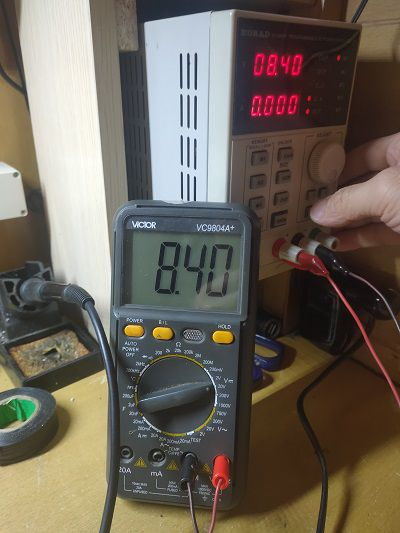
If you've been relying on your multimeter for an extended period, experiencing frequent battery replacements, consider a transformative upgrade by switching to lithium batteries. When operating on a 9V battery, if you detect low voltage instances, the true voltage may be less than 7V, despite the meter reading in the 8-volt range. In such instances, a viable solution is to employ a series of two lithium batteries, easily sourced from outdated digital camera batteries.
The implementation involves connecting the two batteries in series and incorporating a protective board for efficient and rapid charging, given the smaller battery capacity.
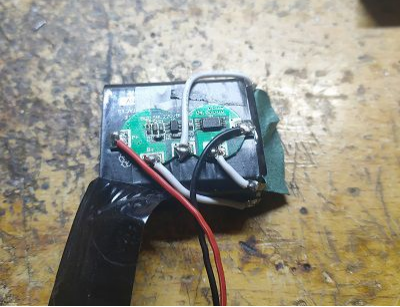
Upon completion, the modified multimeter seamlessly seals with just two connected wires.
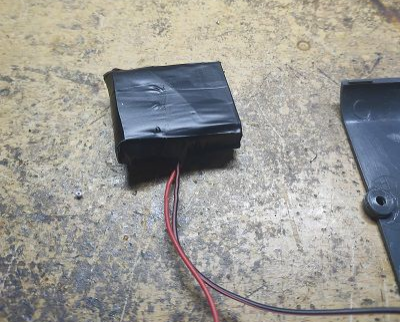
For situations where spatial constraints hinder the multimeter's fit, further adjustments may be necessary.
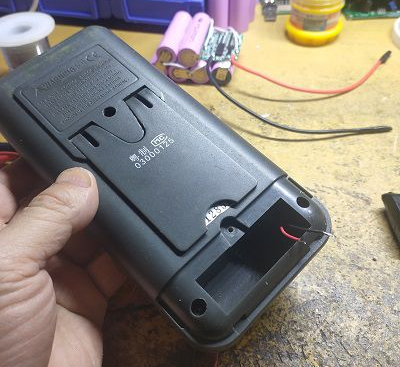
Carefully carve out an opening, concealing it with the external protective layer, ensuring aesthetic uniformity.
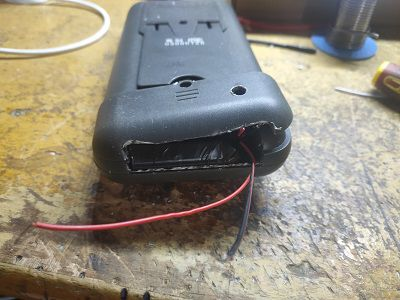
Create an aperture in the back cover, affix a 5.5 DC socket with precision using hot glue, and solder the multimeter's wires to the batteries.
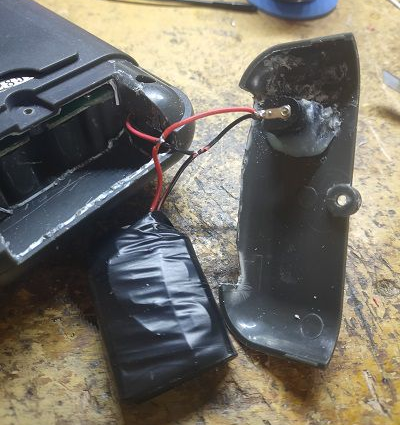
Verify the charging efficacy through a preliminary test; successful results indicate a seamless transition.
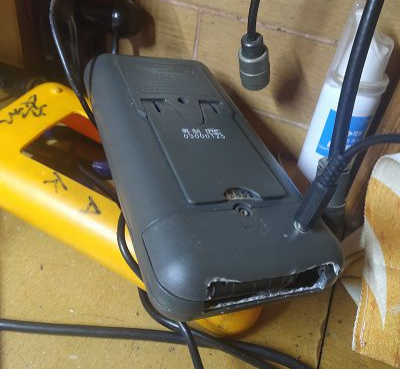
Identify a strategic location on the external protective layer and, employing an electric grinder, fashion another aperture for enhanced accessibility.
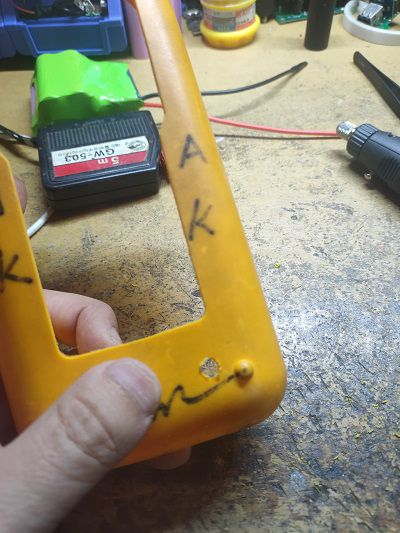
Following assembly, rigorously assess the charging effectiveness.
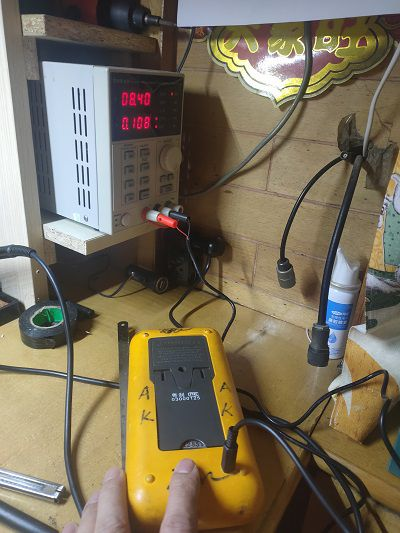
Conclude by evaluating potential impacts on the multimeter's precision due to battery modifications. Recognize that over prolonged use, minimal deviations are acceptable and within tolerance levels.
